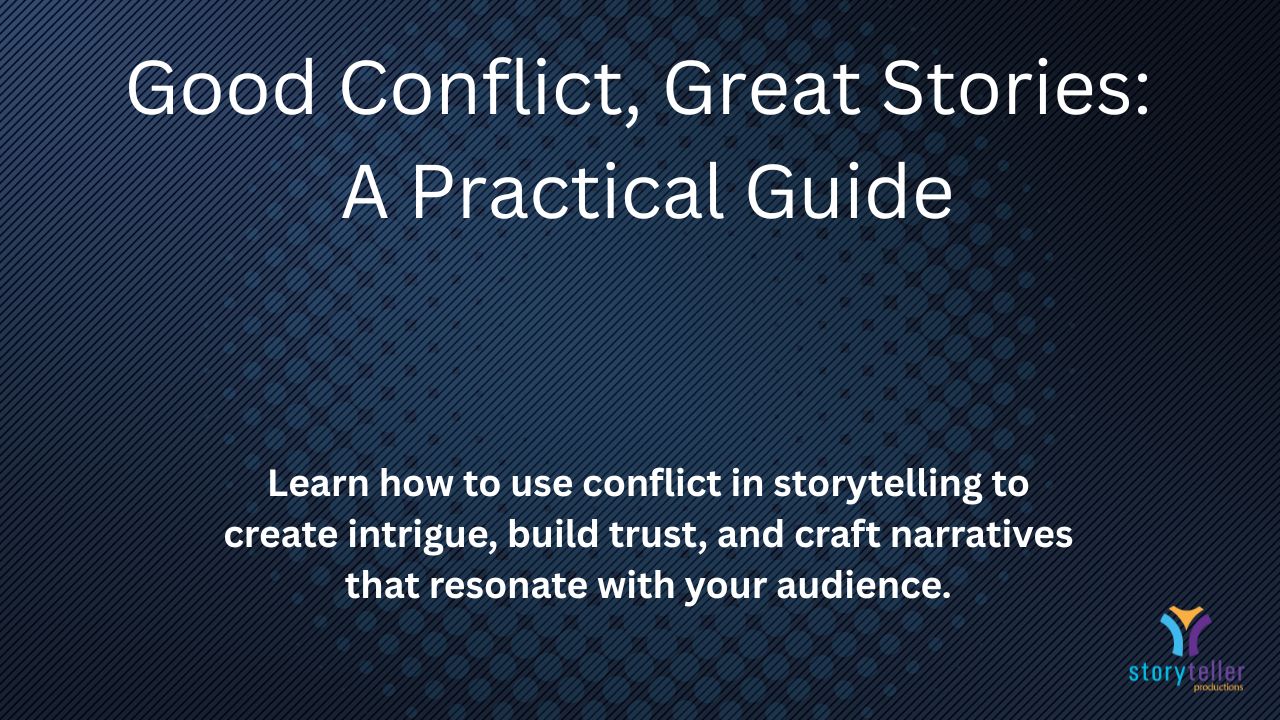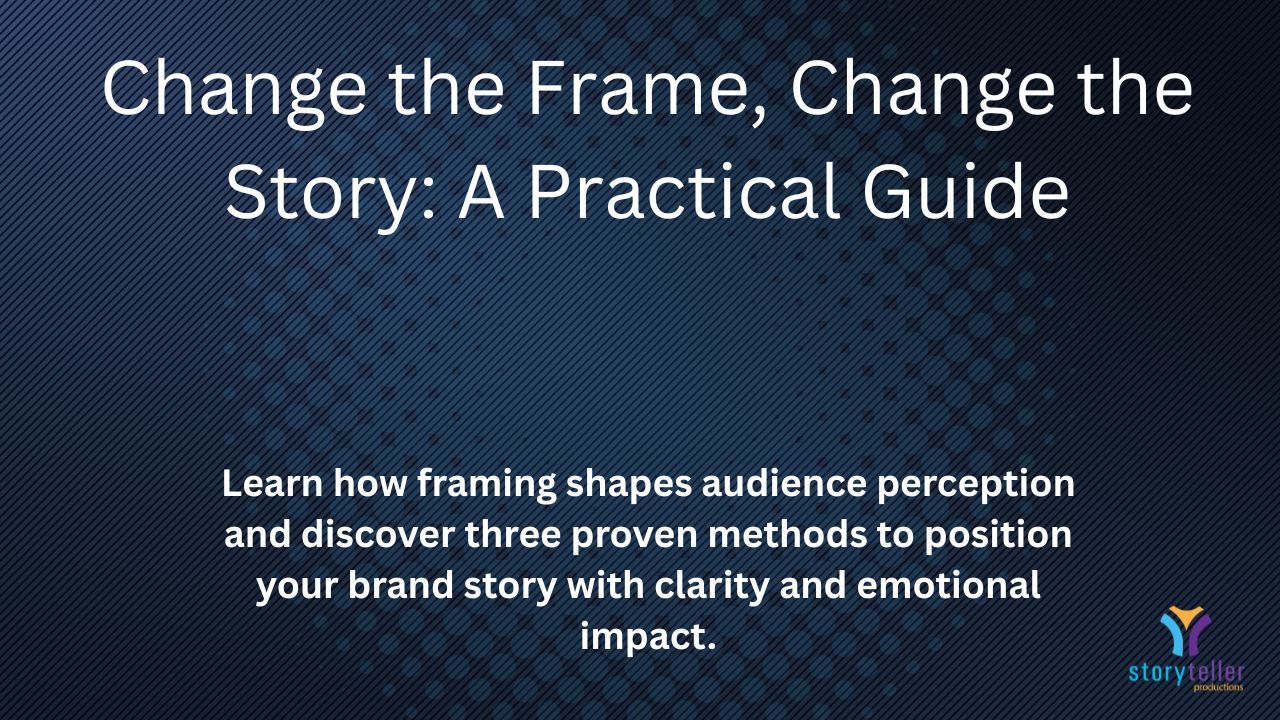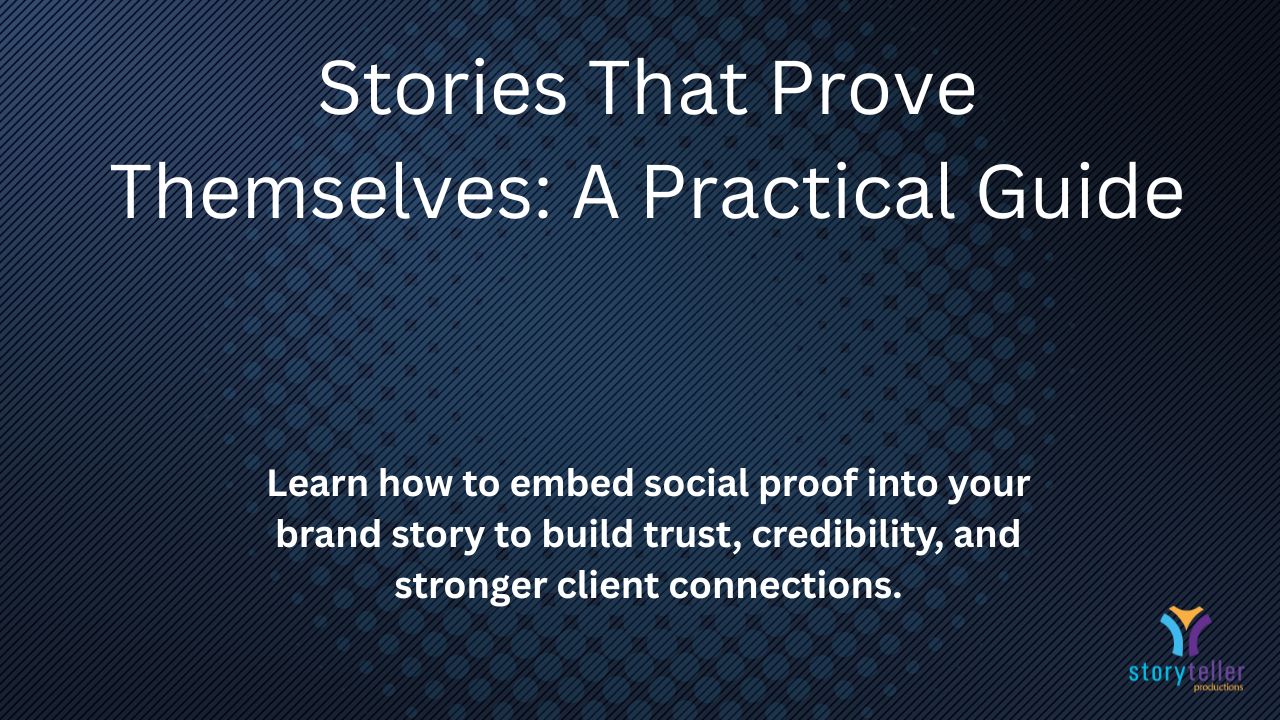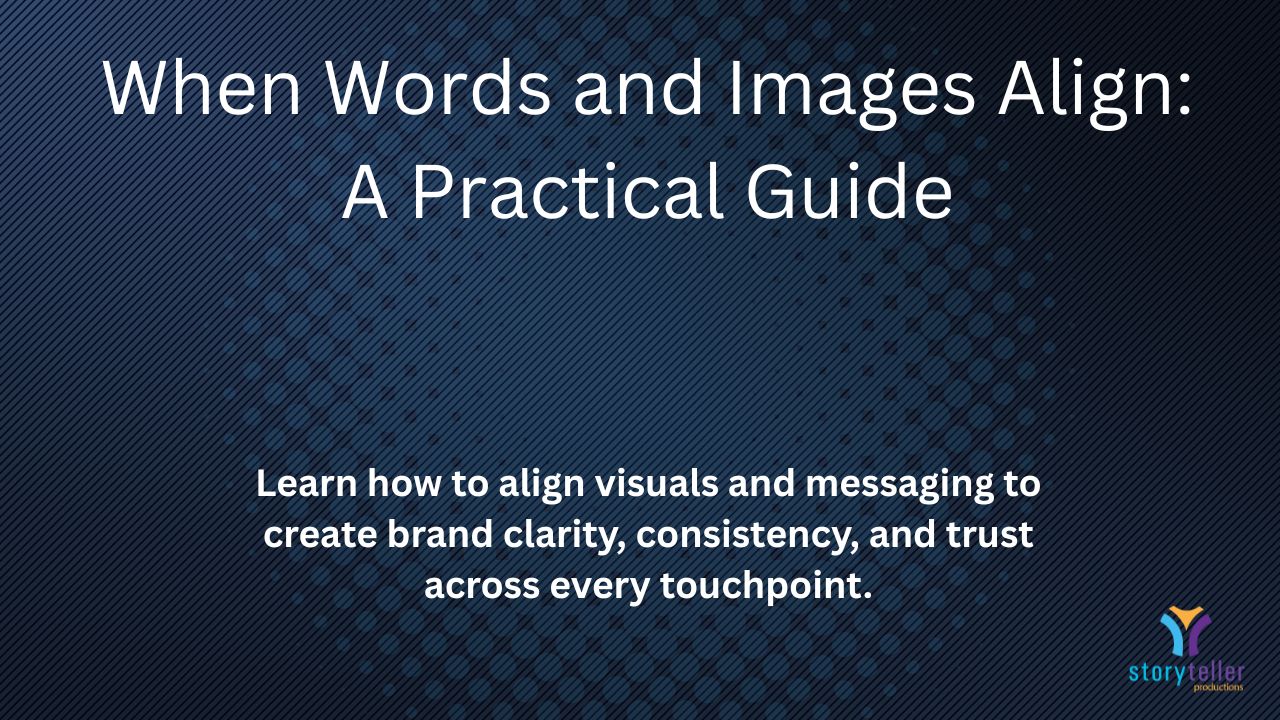our Brand Dictionary: A Practical Guide
Every family has its inside jokes. Every friend group has its shorthand. Every culture has its own expressions.
Language is how we know who’s “in” — and how we feel at home.
Your brand is no different. The words you use (and don’t use) shape whether people feel like they belong with you. Which is why a brand dictionary isn’t a luxury — it’s a strategy. It makes your voice consistent, recognizable, and repeatable.
This guide will show you how to create one.
Why Brand Language Matters
Brand language isn’t just copy. It’s how your values, mission, and personality show up in words.
Without consistency, your brand feels like a patchwork: the website sounds formal, the Instagram sounds casual, and your sales deck sounds like a different company altogether. That inconsistency breeds confusion and mistrust.
With consistency, your audience hears the same voice across every touchpoint — and begins to associate that voice with trust, familiarity, and identity.
Think of it like a soundtrack. When the notes keep changing, the song is noise. When the notes align, it becomes music.
Steps to Build Your Brand Dictionary
1. Define Core Values First
Every word you choose should come from your brand’s values. If you value innovation, your words should feel fresh and forward-looking. If you value community, your words should feel inclusive and warm.
Example: A health startup that values “empowerment” might lean into words like strength, resilience, energy — and avoid words like fragile, weak, dependent.
2. Identify Your Audience
Your brand doesn’t speak into a vacuum. Tailor language to the people you want to reach.
- Talking to engineers? Jargon might build credibility.
- Talking to parents? Jargon creates distance.
Example: A fintech company might use precise, technical terms for investor reports but simplify to “We help you keep more of your money” for consumers.
3. Define Your Tone of Voice
Is your brand authoritative? Friendly? Irreverent? Sophisticated? Choose, and stick with it.
Example:
- A luxury brand might say: “Crafted with timeless precision.”
- A youth brand might say: “This drop is fire.”
Same message. Different voice. Audience alignment is everything.
4. Build Your Word Bank
Gather the language that feels like “you” — and the language that never should.
- Preferred Words: The terms that capture your essence (adventure, exploration, journey).
- Avoid Words: The terms that dilute or contradict it (cheap, basic, ordinary).
- Example Phrases: How those words come alive in actual sentences.
This word bank becomes the spine of your dictionary.
5. Create Messaging Frameworks
Templates bring consistency across teams and channels.
- Social posts: Should you open with a question? Keep it playful?
- Press releases: Should they sound formal, sharp, or conversational?
- Website headlines: Should they be aspirational, practical, or provocative?
Frameworks keep the voice aligned, even when different hands are writing.
6. Review and Evolve
Language is alive. What resonates today may sound outdated tomorrow. Review your dictionary regularly — update it to reflect shifts in culture, audience, and brand evolution.
Real-World Proof
- Nike: Their dictionary is built around empowerment — “win,” “challenge,” “do,” “athlete.” Their famous “Just Do It” is the distillation.
- Mailchimp: Their playful-yet-professional language shows up everywhere. A setup email might say: “Let’s get this party started.” That consistency makes even software feel approachable.
Actionable Insights
- Engage Your Team: Involve marketing, PR, and sales so the dictionary reflects the whole brand, not just one department.
- Test and Iterate: Run A/B tests with different tones. See which words your audience reacts to.
- Invite Feedback: Ask customers: Does this sound like us? Does this connect?
Brand Dictionary Template
- Core Values: (List here)
- Preferred Words: (Words you want to own)
- Avoid Words: (Words that dilute your identity)
- Example Phrases: (How preferred words show up in sentences)
- Tone Guidelines: (Formal? Playful? Inspiring?)
Closing Thought
Your brand dictionary is more than a word list. It’s a compass. It makes sure every ad, email, and social post feels like part of the same conversation.
Without it, your voice fractures. With it, you build trust and recognition over time.
Reflection Question: How can you sharpen your brand’s language today so that, no matter where your audience encounters you, they always know it’s you speaking?




